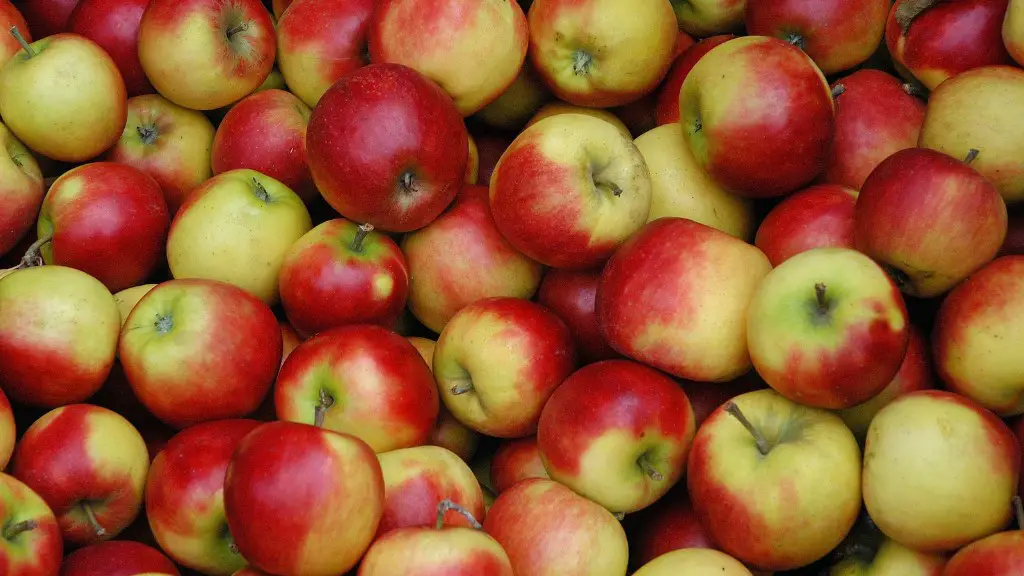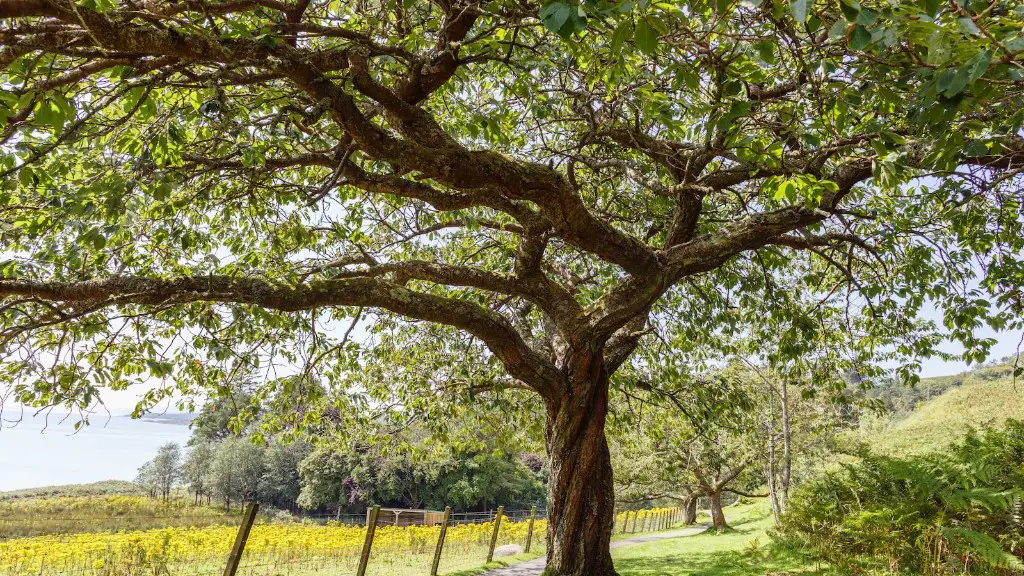Apple trees are one of the most common types of trees in the world, and knowing how to properly shape them can help you get the best out of your tree. Here are some tips on how to shape an apple tree.
First off, you must be aware of any existing obstructions in your way. If the apple tree is close to a power line, you’ll need to adjust your pruning plans accordingly. You also want to identify any dead or weak branches that may need to be removed. This will help ensure that the tree is evenly balanced and aesthetically pleasing.
When beginning to shape your apple tree, it’s best to start by pruning off excess sprouts. These are often located in areas of the tree that cannot support them. This will help get the tree to grow in a more organized manner over time. As you work, it’s important to maintain an appropriate crown shape. You should aim for a tree that is wider at the base, tapering up to a narrow point on top.
Train the branches of your tree by using a combination of selective pruning and heading. Selective pruning involves choosing the branches you want to remove from the tree. Heading, on the other hand, is when you cut a branch close to its uppermost leaf bud, causing it to branch off in multiple directions. This is typically employed on more mature trees to thicken the tree’s foliage.
When pruning an apple tree, you should use sharp cutting tools and practice caution. Always ensure you’re wearing proper safety equipment and cutting away from yourself. Additionally, make sure there are no cuts other than those made by the pruning tool. This will help prevent the spread of disease.
Finally, be sure to keep the branch collars intact. These are the swollen bases of apple tree branches that are near the tree’s trunk. Keeping them intact will help the tree heal quickly and efficiently after you’ve finished pruning.
Pruning for Fruiting and Flowering
Pruning for fruiting and flowering is an important part of shaping an apple tree. Pruning for fruiting involves cutting off the older, thicker branches so that new shoots can grow through. This will help promote healthy fruit production. When it comes to flowering, pruning too severely can reduce the amount of flower buds produced. A more moderate approach is best here.
Trimming for Aesthetics
When trimming your apple tree for aesthetic purposes, there are a few key points to keep in mind. Start by removing any deadwood and weak branches, as these tend to detract from the overall look of a tree. Additionally, you’ll want to trim away any branches that are growing too close to power lines or other structures. Be sure to leave some lower branches, however, as this will help create a better shape and provide shade.
Correcting Mis-Shaped Trees
If your apple tree is mis-shaped, there are a few steps you can take to correct it. Start by finding the cause of the issue. If the problem is an issue with the root structure, you may need to prune any branches or roots that are being pulled away from the trunk. You can also use a specialized form of pruning called training to get the tree to produce shoots in a more organized fashion.
Using Cables for Support
In some cases, your apple tree may need added support in order to maintain its shape. This can be achieved through a technique called cabling. In this process, a strong cable is attached to branches that need to be propped up. The cable should be checked and tightened every few months in order to ensure it’s still providing the necessary support.
Protecting Your Apple Tree
Once you’ve shaped your apple tree to your liking, there are a few more things you can do to help ensure its well-being. Make sure to give it plenty of water and fertilizer during its growing season, and be aware of potential pests or diseases that could harm the tree. Additionally, always be sure to keep the ground around it clear of excess debris.

